
The Best Demand Generation Team Structure to Nurture Leads
So you know you need a demand generation team, now what? Read on for the people you'll need, their skillsets, and what you should be paying them.
Welcome to our free resource guide to everything demand generation. We've interviewed dozens of demand gen experts to get you exclusive insights into demand generation tools, metrics, team structure, and more!

The Best Demand Generation Team Structure to Nurture Leads
So you know you need a demand generation team, now what? Read on for the people you'll need, their skillsets, and what you should be paying them.
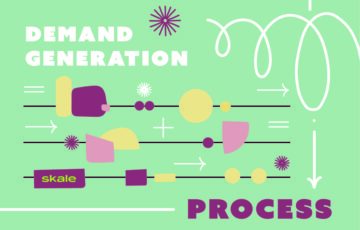
6 Elements to Include in your Demand Generation Process
Everything you need to know to build a stellar demand generation process, and a more profitable SaaS business.
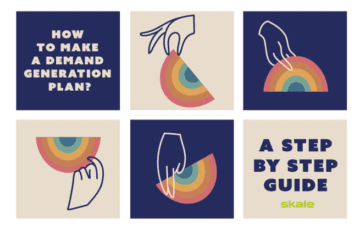
How to Craft a Winning Demand Generation Plan
Your eight-step guide to crafting a demand generation plan that helps your SaaS take flight.

The Best Channels for your Demand Generation Strategy
Discover the top 7 demand generation channels and how they can help rocket success for your SaaS.

The Complete Demand Generation Guide and Best Practices
8 Actionable ways to increase demand for your SaaS. Inc. tips & best practices from those at the peak of their game.
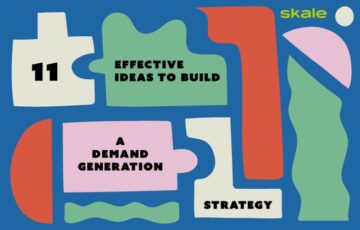
11 Demand Generation Ideas to Fill your Funnels
Demand Generation ideas worth trying for rapid SaaS growth in 2024 and beyond.
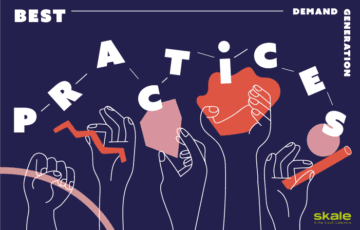
8 Demand Generation Best Practices
You heard it here first: here are the top demand generation best practices the experts are using right now.
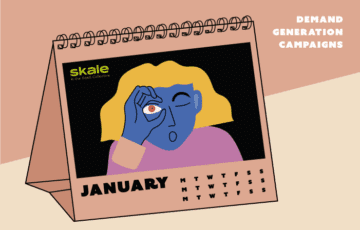
8 Steps to Generate Leads with Your Demand Generation Campaign
Building a Demand Generation Campaign? This guide walks you through it in eight steps.
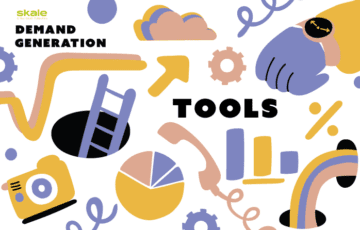
9 Secret Demand Generation Tools The Experts Use
No Mailchimp, no Hubspot. Here are nine unknown and surprising tools you can use for demand generation in SaaS

3 Expert Tactics to Drive SQLs With Your Demand Generation Strategy
Three proven demand generation strategies your SaaS business needs to know about in 2022
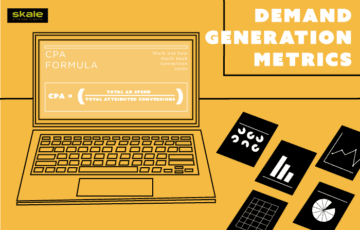
The 12 Key Demand Generation Metrics To Track in 2024
Demand Generation Metrics are crucial in knowing your demand gen efforts are on the right track. Here are 12 every SaaS brand should be watching
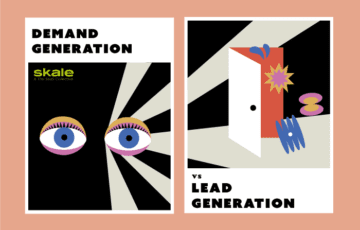
Demand Gen vs. Lead Gen: is there a Difference?
Demand gen, lead gen, are they really any different? Yes! We're about to dive into the nitty-gritty of demand & lead gen. Ready?